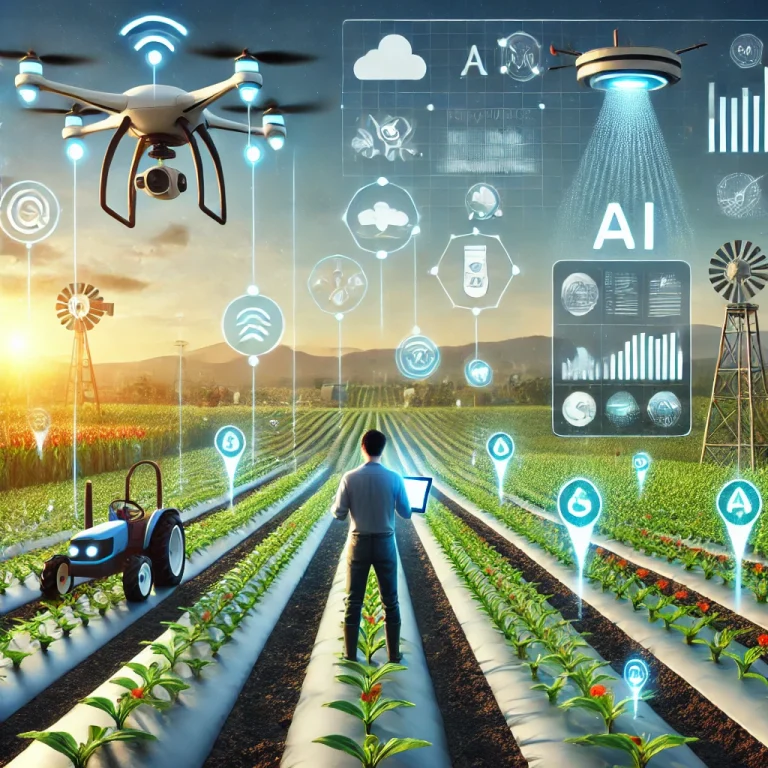AI-powered Ecommerce Trends to Scale Your Business in 2022

In 2020, US ecommerce saw the equivalent of ten years growth in just three months. Even the reopening of the high street hasn’t dented that rise significantly. Both online and traditional retailers have had to scale up their online stores. Artificial intelligence is playing a crucial role as the ecommerce sector continues its rapid growth. In this post, we’ll talk about three critical AI-powered technologies and how they’re revolutionizing the world of fashion ecommerce. From intelligent web shops to magic mirrors, read on to find out about our biggest ecommerce trends.
The Impact of Artificial Intelligence on Ecommerce
But first, a quick primer. Artificial intelligence (AI) and machine learning (ML) are transforming ecommerce, while data processing has reached an entirely new level, leading to more significant business and market insights. McKinsey’s latest Global Survey presents best practices across the broad spectrum of AI implementations. This includes MLOps (machine-learning operations) that drive success and more efficient spending on AI.
The major benefit of using AI and ML technologies is that, though they require some maintenance, they can act semi-autonomously once they’re up and running. This allows for significant scaling without a huge team working round the clock. They’re also constantly collecting customer data, as we’ll see later. This data from the retail industry can be used to inform content and strategy better. This, in turn, will help create better experiences for your retail customers. Here is our selection of AI-powered ecommerce trends and innovations that every business should know to leverage AI properly.
Top 3 AI-driven Ecommerce Trends
1. Conversational AI-powered Chatbots: The Abiding Ecommerce Trend
Thanks to constantly improving technology, chatbots are one of the perennial ecommerce trends. Finances Online’s annual Chatbot Statistics report found that 80% of retail and ecommerce businesses use AI chatbots or plan to use them in the near future.
Using chatbots, customers can talk to brands 24 hours a day, 7 days a week. As a result, chatbots are one of the most valuable AI technologies. No matter the inquiry, AI-powered virtual assistants can solve or streamline the process for the customer support agents in the case of more complicated tickets. This is especially important when 24/7 support is a core driver of customer satisfaction. A Zendesk study on “Multi-channel Customer Care” found that nearly half of customers expected instant responses when engaging with brands online. The need becomes even more acute if you’re responding to customers in multiple time zones.

Artificial intelligence chatbots use ML and Natural-Language Understanding (NLU). For example, chatbots are being developed which can learn and adapt from customer conversations, understand consumer intent, and predict future actions based on observed existing behavior patterns. Furthermore, these chatbots can use sentiment analysis and gather and analyze conversation information to understand consumer needs.
In addition to providing first-line support and generally improving CSAT, chatbots are vital for collecting first- and zero-party data to understand your customers better. You can build a better image of your customers by asking and answering questions about sizing and style preferences. This kind of data is vital for customer retention and reacquisition, providing a deeply personalized experience, something Salesforce’s 4th State of the Connected Customer report found over half of the customers expected.
2. AI-powered Visual Search for Product Recommendations
At its most basic, a reverse image or visual search does what it says on the tin; it searches for an image or similar images to the one provided by the user, using visuals instead of keywords. The ecommerce application of this trending technology not only links the image up to similar images. It also identifies things such as items of clothing there and finds related products in your online shop.

Visual search is a tried and proven AI application in the world of fashion ecommerce. It is used by business administrators and Heads of Ecommerce to improve their online shop performance and create a more intuitive customer experience.
According to Research and Markets, the computer vision market will be worth $18.9 billion by 2027. Ecommerce today is being transformed by AI-enabled visual search engines and applications, such as Google linking their image search function to the shopping tab or browser plugins provided by Amazon. Leading companies use it to optimize their ecommerce websites and offer a smoother and more spontaneous customer experience. As AI technology for ecommerce and particularly visual search tech advances, it’s smart to start future-proofing. You can start by optimizing the search engine of your ecommerce website for image searches right now.
3. Augmented Reality (AR) and Virtual Reality (VR) technologies: A Magical New Trend
One of the most powerful and fast-growing ecommerce trends is Augmented Reality (AR). You’re probably familiar with its use in video games. In 2016, it felt like everyone (or everyone I knew, anyway) was playing Pokémon Go. Now the technology has spread into online shopping, with the industry expected to grow to almost $300 billion by 2024. The Covid-19 pandemic has exacerbated a pre-existing problem in ecommerce: customers don’t have the opportunity to see the product in context. As Nadin Kempel Sigh of Tiger of Sweden said in a past webinar with Certainly: “The main factor in the fashion industry is that people shopping online can’t go into fitting rooms and try items on. So, people might buy 10 items and return 9, just like they might do if they were trying on those 10 items in a fitting room with a mirror.”

To get around this problem, new “virtual mirror” technology is on the rise. This allows potential customers to try on clothes from homes without expending the time, money, and environmental impact of returns. Companies like Memomi use AI to tailor the experience, making it more than a paper doll overlaying an image. Instead, they adapt to the user’s body shape and movements.
An extensive study conducted in the US, U.K., France, and Saudi Arabia indicated that branded AR experiences increase consumers’ willingness to purchase products, particularly when used to support product customization (73%), virtual try-on (72%), and product demonstration (70%). In addition, the findings suggest that shoppers see AR as a desired ecommerce tool. Furthermore, over 75% of consumers think augmented reality will play a role in retail’s next five years.
The Future of AI in Ecommerce is Bright
Want to learn more about how AI-powered chatbots can cut support costs, increase profits, and teach you more about your customers? Then you should read about MrBeast’s Feastables, who achieved all that and much more.
This article was written by Fergus Doyle. The visuals were by Vital Sinkevich & George Radu, and it was edited by Beatrice Carraro.




